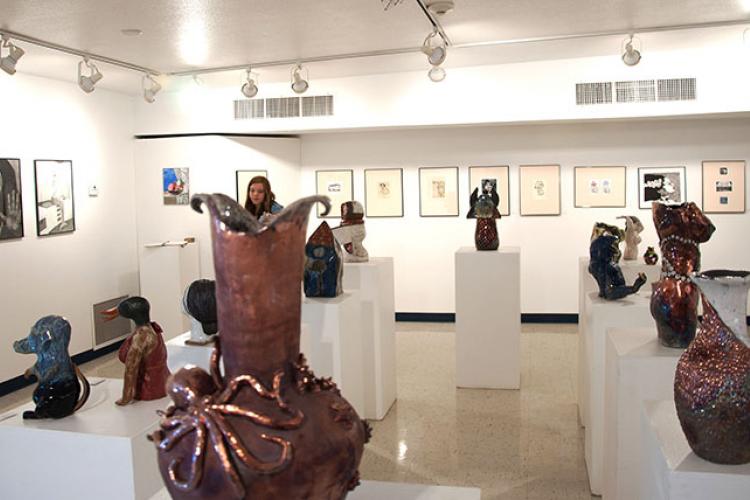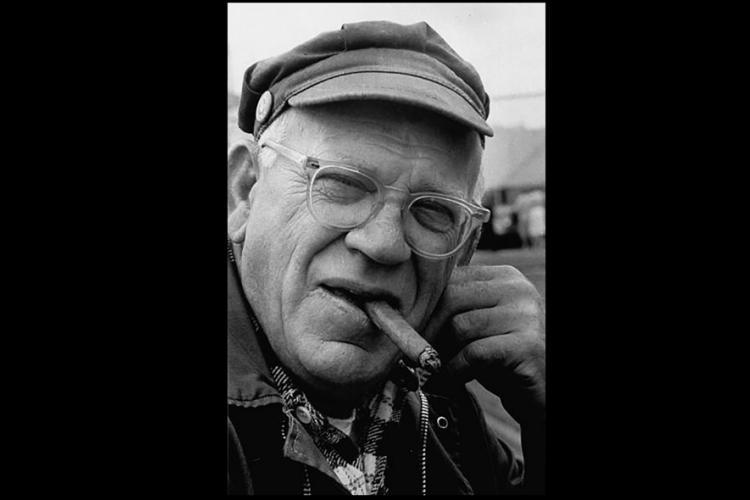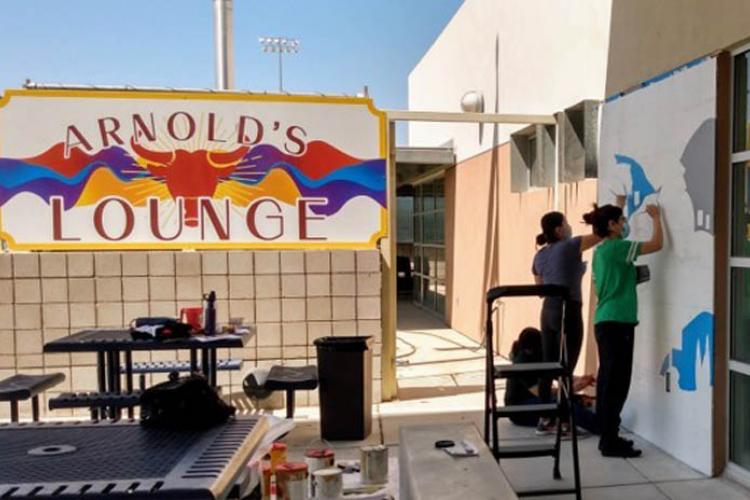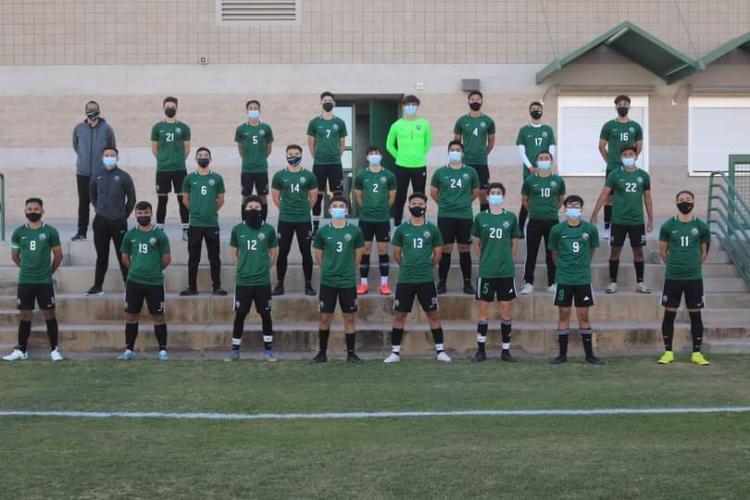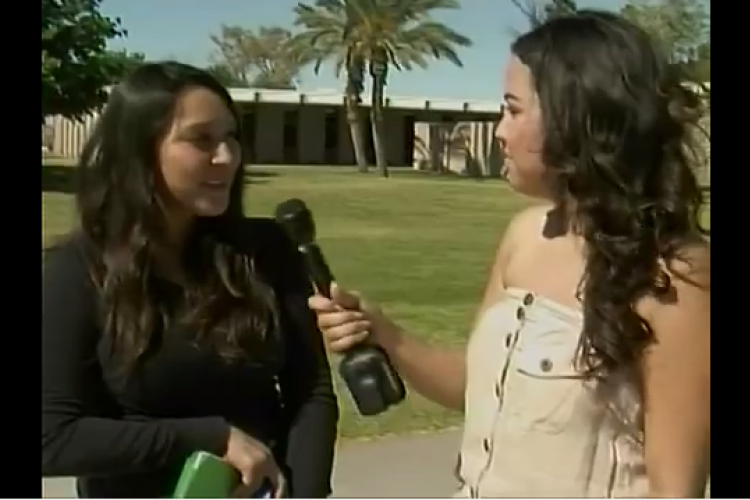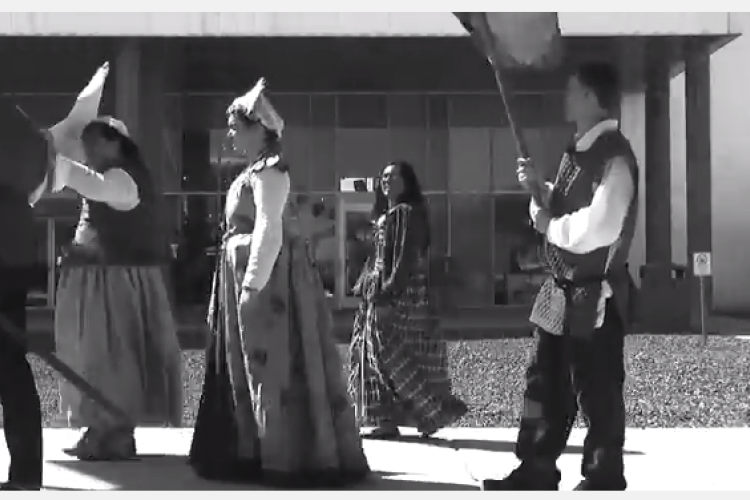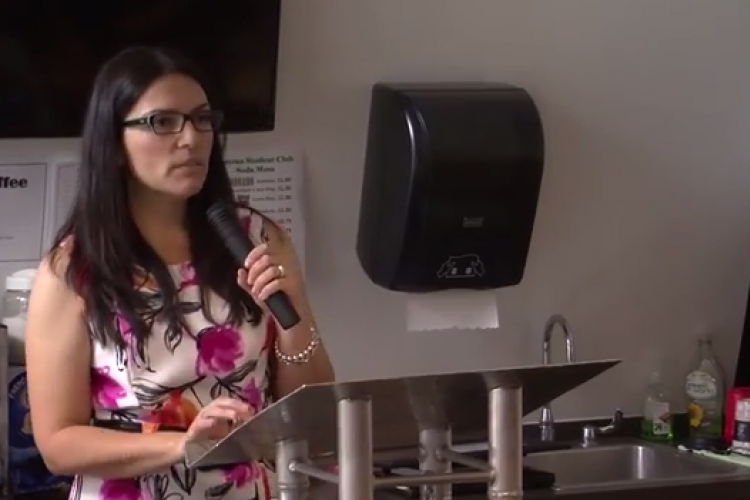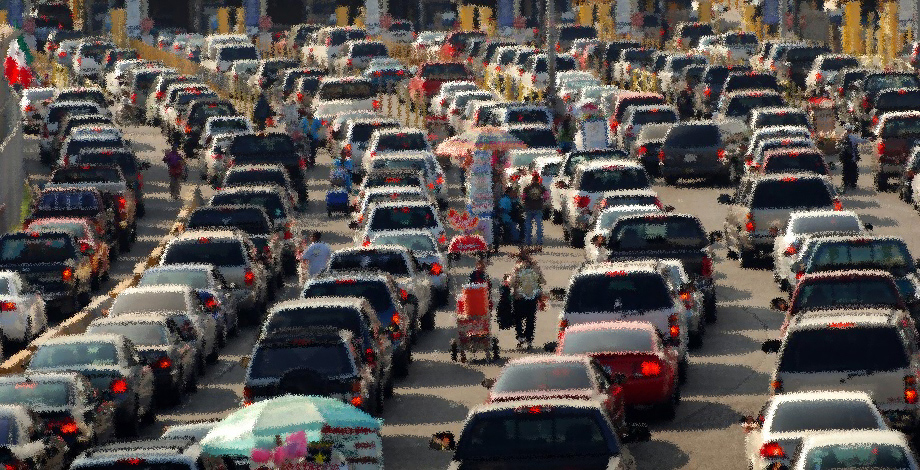
For years, the citizens of San Luis, R.C., Mex., and San Luis, Ariz., have been troubled with the wait times at the border, to the point of impacting their jobs and their personal lives. However, while most people wait hours to get across, depending on the day of the week, others wait only minutes.
“I think it’s better if people just get Sentry,” says Omar Marquez of San Luis, Ariz.
Sentry is a quick pass through the border that allows the holder to skip traffic, either on foot or in a vehicle. However, there is a $150 fee simply to apply.
“It may seem like a lot, but it’s worth it in the long run,” says Marquez.
Many legal immigrants depend on their green cards or visas to work in the U.S., but sometimes field workers don’t make it to work in time due to heavy traffic at the border. Some even claim it’s an abuse of power.
“They make us wait on purpose,” says Abraham Pena, local field worker, referring to the U.S. Customs and Border Protection. “It’s more work for them, and they see it as a form of punishment towards us for crossing every day.”
But the agents managing the border are not the only ones to blame for the slow movement of traffic.
“Lazy people cut in line all the time,” says Manuel Perez, who owns a small business in San Luis, Ariz., and relies on trips to Mexico to purchase supplies for his business. “They don’t want to wake up early, so they cut in when they see the chance. It’s disrespectful towards those who wake up early and wait their turn.”
Some days at the border are longer than others, especially Sundays.
“Last week I waited around three and a half hours just to cross on foot,” said Angel Carrazco.
“I pulled up to seven hours once,” says Robert Lomeli. “I’ll never crossed on a Sunday again – not in my car, anyways.”
The Coronavirus pandemic has been crucial to the border wait times, especially for frequent crossers. Since April, the American half of the border has been closing from 10 p.m. to 6 a.m. every day, forcing some of the workers from Mexico to stay overnight and wait for the opening of the border the next day. The closing of the border was used as a temporary means to reduce the spread of the Coronavirus, but it has negatively affected local businesses, according to Gerardo Sanchez, the mayor of San Luis, Ariz.
“A lot of people think [the wait times are] some sort of punishment for traveling to Mexico during a pandemic,” says Cristian Jimenez. “They make them wait, hoping they learn their lesson and won’t cross back to Mexico just for fun.”
It isn’t just the wait time but also the extreme weather that causes discomfort and other complications for regular crossers.
“It can get intense on foot if the time isn’t right,” says Marquez. “Imagine standing in line for three hours under the sun that rains down 110 degree weather.”
Even if getting a Sentry card seems like the simple solution, not everyone qualifies.
“There’s not much we can do about it,” says Marquez. “Either you sit or stand there, or you bump the line.”


